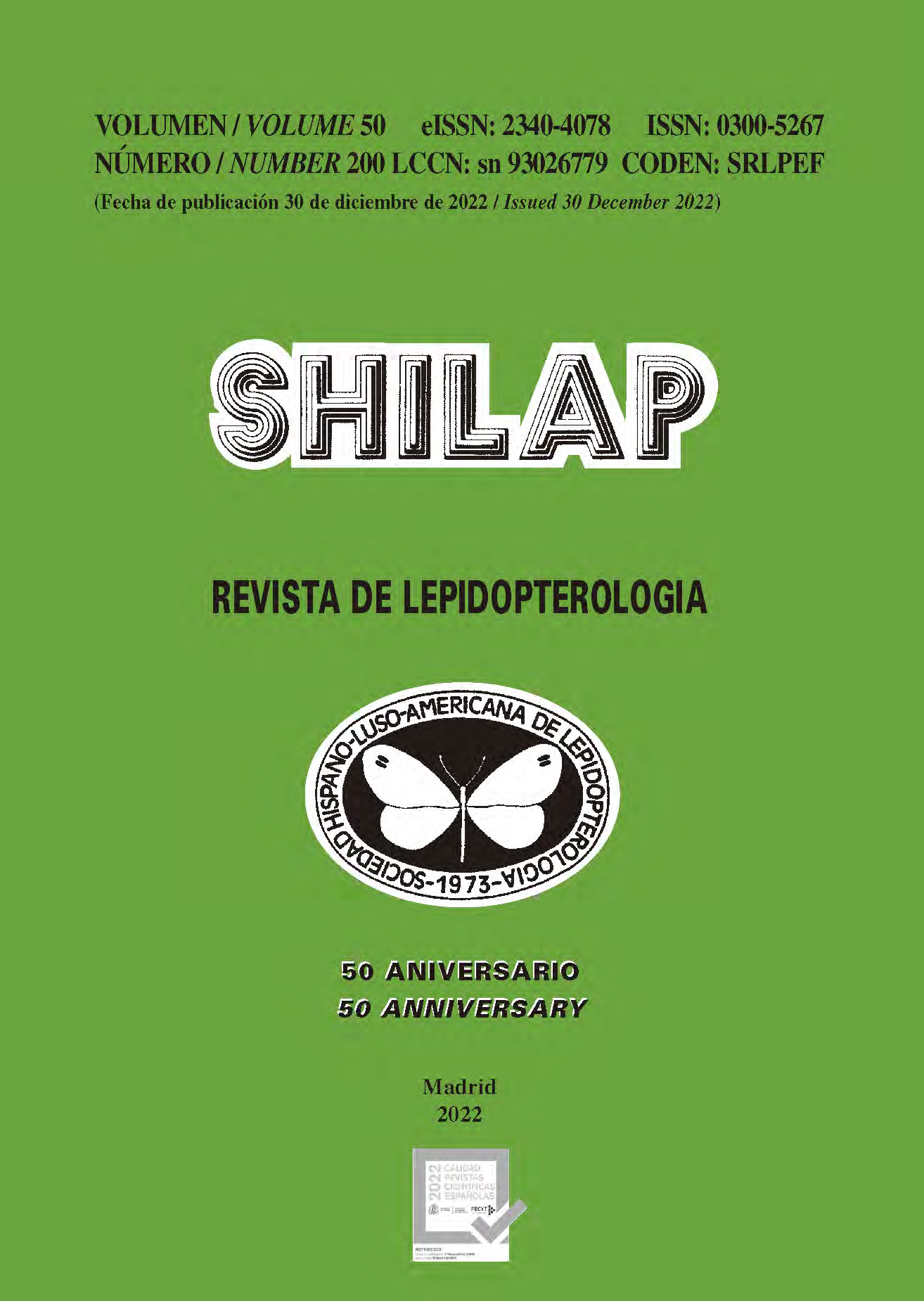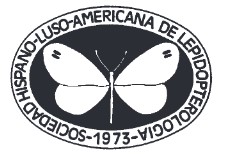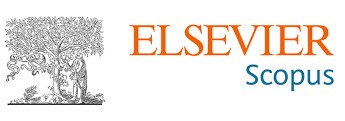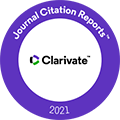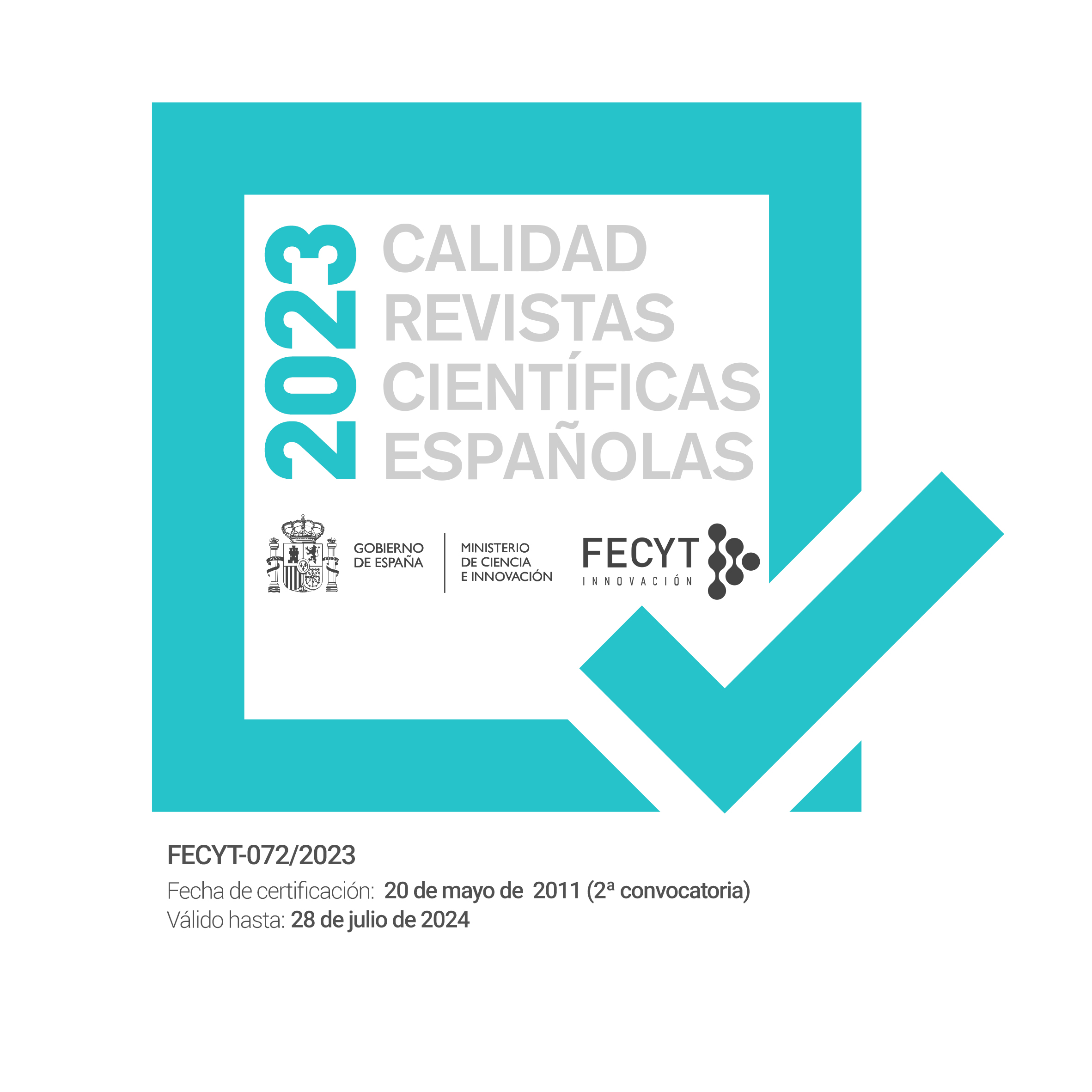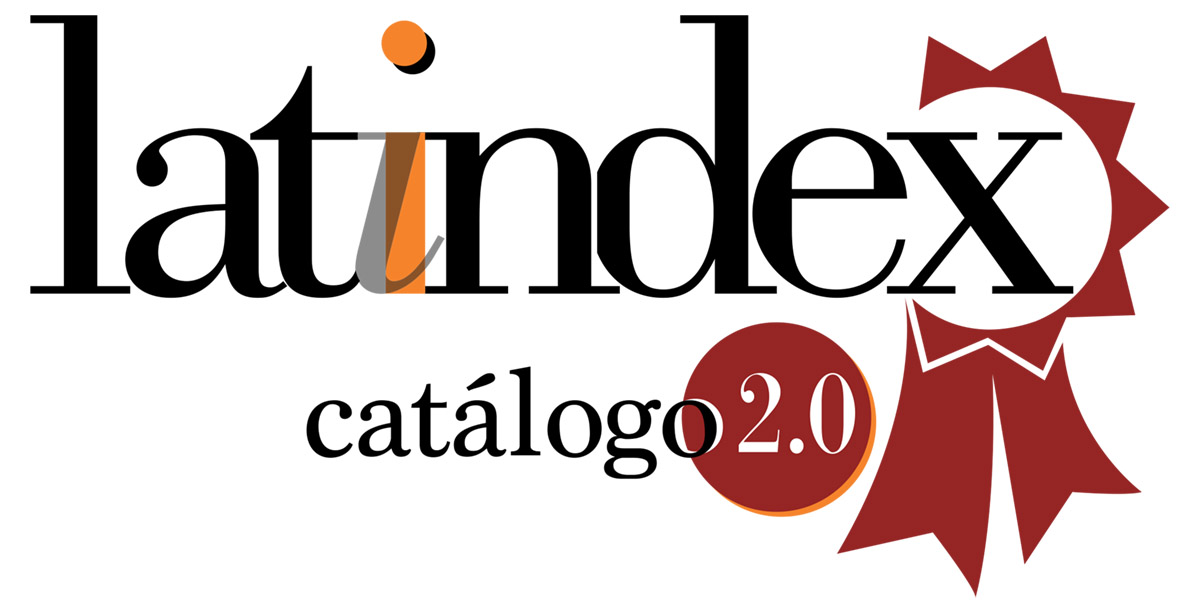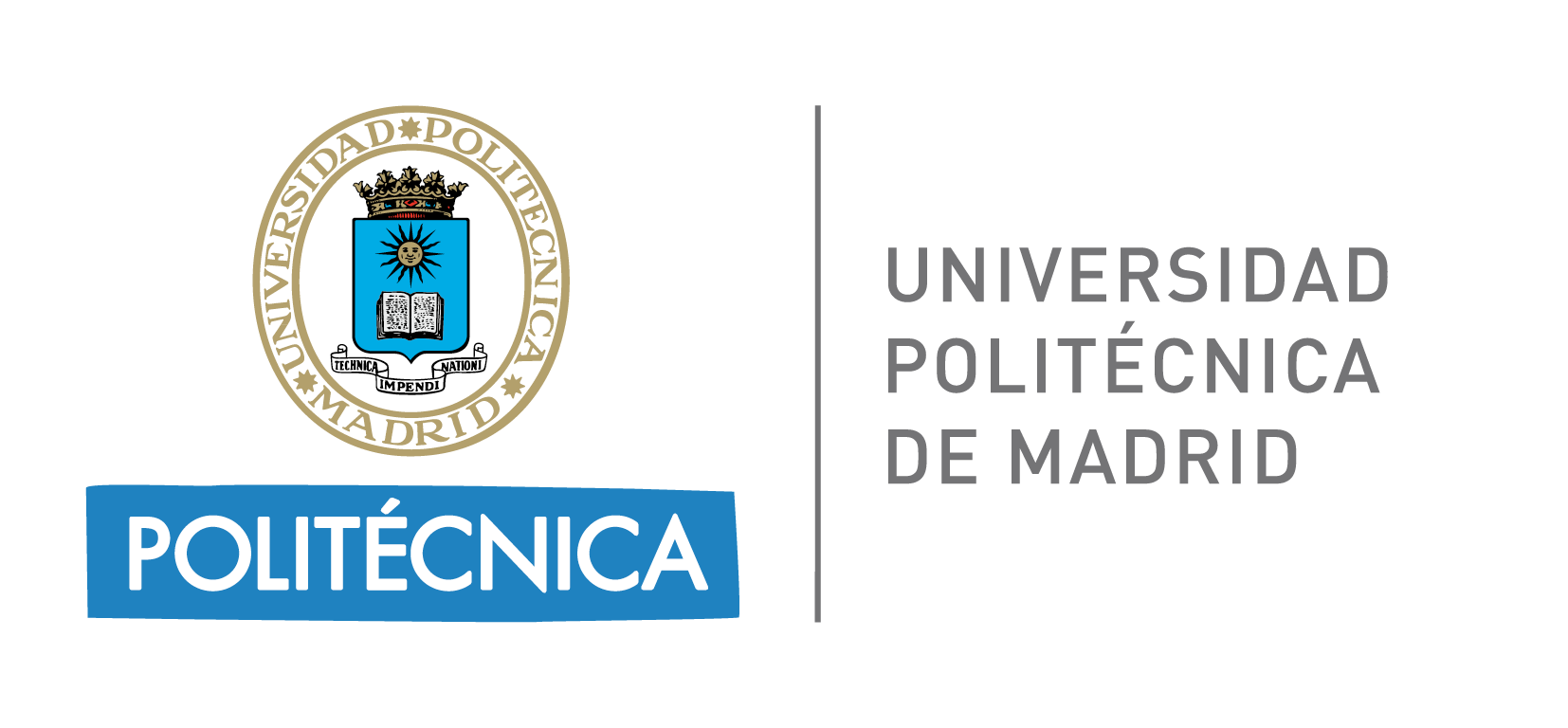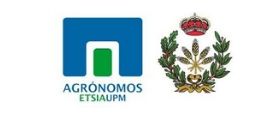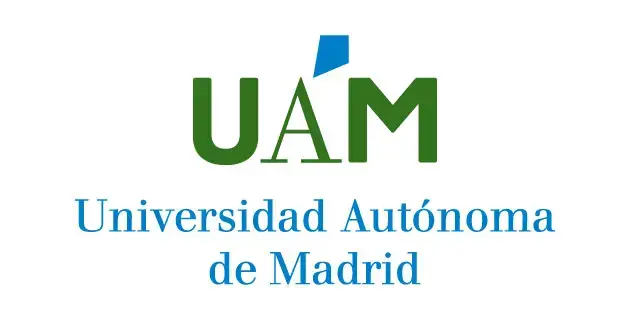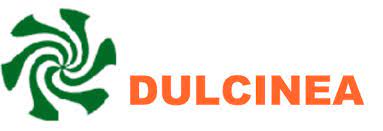Adult population fluctuation of Comadia redtenbacheri (Hammerschmidt, 1847) (Lepidoptera: Cossidae)
DOI :
https://doi.org/10.57065/shilap.265Mots-clés :
Lepidoptera, Cossidae, Comadia, ultraviolet light, trapping, MexicoRésumé
Comadia redtenbacheri (Hammerschmidt, 1847) is an insect highly regarded for its commercial and nutritional value. Adult fluctuation in a plantation of Agave salmiana Otto ex Salm-Dyck was determined using ultraviolet light traps. Trapped adults were counted weekly during three periods (December 2013 to December 2014, December 2014 to December 2015, and December 2015 to June 2016), and temperature and relative humidity were recorded. Adult population was present 157 days on average, from December to May, with peak capture on day 83. The average sex ratio of females to males was 1:14. Average environmental conditions that favoured the highest capture in the three periods were 17.8º C and 47.1% relative humidity. Knowledge of the period of adult presence and the influence of temperature and relative humidity are important for management and conservation of the insect population by farmers and gatherers.
Téléchargements
Statistiques globales ℹ️
|
435
Vues
|
331
Téléchargements
|
|
766
Total
|
|
Références
Al-Deeb, M. A., Mahmoud, S. T., & Sharif, E. M. (2012). Use of light traps and differing light colour to investigate seasonal abundance of the date palm pest, Oryctes agamemnon arabicus (Coleoptera: Scarabaeidae). Journal of Economic Entomology, 105(6), 2062-2067. DOI: https://doi.org/10.1603/EC12141
Ancona, L. H. (1931). Los chilocuiles o gusanitos de la sal de Oaxaca. Anales del Instituto de Biología de la Universidad Nacional Autónoma de México, 2(1), 265-277.
Brown, R. M. (1975). A revision of the North American Comadia (Cossidae). Journal of Research on the Lepidoptera, 14(4), 189-212. DOI: https://doi.org/10.5962/p.280586
Cárdenas-Aquino, M. R., Alarcón-Rodríguez, N. Rivas-Medrano M., González-Hernández, H., Vargas-Hernández, M., Sánchez-Arroyo, H., & Llanderal-Cázares, C. (2018). Molecular delineation of the agave red worm Comadia redtenbacheri (Lepidoptera: Cossidae). Zootaxa, 4375(3), 358-370. DOI: https://doi.org/10.11646/zootaxa.4375.3.4
Castro-Torres, R. E., & Llanderal-Cázares, C. (2015). Principales caracteres morfológicos para el reconocimiento de Comadia redtenbacheri Hammerschmidt (Lepidoptera: Cossidae). Entomología Mexicana, 2(6), 798-803.
Castro-Torres, R., & Llanderal-Cázares, C. (2016). Detailed morphology of all life stages of the agave red worm, Comadia redtenbacheri (Hammerschmidt) (Lepidoptera: Cossidae). Neotropical Entomology, 45(6), 698-711. DOI: https://doi.org/10.1007/s13744-016-0425-7
CONAGUA (2020). Información de Estaciones Climatológicas. Estación 15090. San Jerónimo Xonocahuacan, Tecámac, Estado de México, México. https://smn.conagua.gob.mx/tools/RESOURCES/Diarios/15022.txt
Delgado-Tejeda, I., Llanderal-Cázares, C., Miranda-Perkins, K., & De Los Santos-Posadas, H. M. (2017). Pupación, emergencia de adultos y oviposición de Comadia redtenbacheri (Lepidoptera: Cossidae) en vivero. Agrociencia, 51(4), 447-454.
Durán, J. M., Alvarado, M., González, M., Jiménez, N., Sánchez, A., & Serrano, A. (2004). Control del taladro amarillo, Zeuzera pyrina L. (Lepidoptera, Cossidae), en olivar mediante confusión sexual. Boletín de Sanidad Vegetal de Plagas, 30(2), 451-462.
Espinosa-García, N., Llanderal-Cázares, C., Miranda-Perkins, K., Vargas-Hernández, M., González-Hernández H., & Romero-Nápoles, J. (2018). Infestación inducida de gusano rojo Comadia redtenbacheri en Agave salmiana. Southwestwern Entomologist, 43(4), 1009-1019. DOI: https://doi.org/10.3958/059.043.0418
Frost, S. W. (1957). The Pennsylvania insect light trap. Journal of Economic Entomology, 50(3), 287-292. DOI: https://doi.org/10.1093/jee/50.3.287
Hernández-Flores, L., Llanderal-Cázares, C., Guzmán-Franco, A. W., & Aranda-Ocampo, S. (2015). Bacteria present in Comadia redtenbacheri larvae (Lepidoptera: Cossidae). Journal of Medical Entomology, 52(5), 1150-1158. DOI: https://doi.org/10.1093/jme/tjv099
Hernández-Livera, R. A., Llanderal-Cázares, C., Castillo-Márquez, L. E., Valdez-Carrasco, J., & Nieto-Hernández, R. (2005). Identificación de instares larvales de Comadia redtenbacheri (Hamm) (Lepidoptera: Cossidae). Agrociencia, 39(5), 539-544.
Hienton, T. E. (1974). Summary of investigations of electric insect traps. Technical Bulletin Nº 1498. Agricultural Research Service. United States Department of Agriculture. Washington, D. C.
Ismail, I. I., Abou-Zeid, N. A., & Abdallah, F. F. (1992). Population dynamics of the leopard moth, Zeuzera pyrina L., and its control on olive trees in Egypt. Journal of Plant Diseases and Protection, 99(5), 519-524.
Llanderal-Cázares, C., Nieto-Hernández, R., Almanza-Valenzuela, I., & Ortega-Álvarez, C. (2007). Biología y comportamiento de Comadia redtenbacheri (Hamm) (Lepidoptera: Cossidae). Entomología Mexicana, 6(1), 252-255.
Llanderal-Cázares, C., De Los Santos-Posadas, H. M., Almanza-Valenzuela, I., Nieto-Hernández, R., & Castillejos-Cruz, C. (2010). Establecimiento del gusano rojo de maguey en invernadero. Acta Zoológica Mexicana (n. s.), 26(1), 25-31. DOI: https://doi.org/10.21829/azm.2010.261677
Llanderal-Cázares, C., Castro-Torres, R., & Miranda-Perkins, K. (2017). Bionomics of Comadia redtenbacheri (Hammerschmidt, 1847) (Lepidoptera: Cossidae). SHILAP Revista de lepidopterología, 45(179), 373-383.
Miranda-Perkins, K., Llanderal-Cázares, C., De Los Santos-Posadas, H. M., Portillo- Martínez, L., & Vigueras-Guzmán, A. L. (2013). Comadia redtenbacheri (Lepidoptera: Cossidae) pupal development in the laboratory. Florida Entomologist, 96(4), 1424-1433. DOI: https://doi.org/10.1653/024.096.0422
Miranda-Perkins, K., Llanderal-Cázares, C., Cadena-Barajas, M., & López-Sauceda, J. (2016). Adult emergence and reproductive behavior of Comadia redtenbacheri in confinement. Southwestern Entomologist, 41(3), 657-665. DOI: https://doi.org/10.3958/059.041.0308
Nielsen, A. L., Holmstrom, K., Hamilton, G. C., Cambridge, J., & Ingerson-Mahar, J. (2013). Use of black light traps to monitor the abundance, spread, and flight behavior of Halyomorpha halys (Hemiptera: Pentatomidae). Journal of Economic Entomology, 106(3), 1495-1502. DOI: https://doi.org/10.1603/EC12472
Nolasco, M. A., Jiménez-Luna, J. E., & Camacho, A. D. (2002). Inducción a la pupación y colonización del gusano rojo del maguey Comadia redtenbacheri H. (Lepidoptera: Cossidae). Entomología Mexicana, 1, 125-130.
Ramamurthy, V. V., Akhtar, M. S., Patankar, N. V., Menon, P., Kumar, R. K., Singh, S., Ayri, S., Parveen, S., & Mittal, V. (2010). Efficiency of different light sources in light traps in monitoring insect diversity. Munis Entomology & Zoology, 5(1), 109-114.
Ramírez-Cruz, A., & Llanderal-Cázares, C. (2015). Morfología del sistema reproductor de la hembra de Comadia redtenbacheri (Hammerschmidt) (Lepidoptera: Cossidae). Acta Zoológica Mexicana (n. s.), 31(3), 431-455. DOI: https://doi.org/10.21829/azm.2015.3131044
Ramos-Elorduy, J. (2006). Threatened edible insects in Hidalgo, and some measures to preserve them. Journal of Ethnobiology and Ethnomedicine, 2(51), 1-10. DOI: https://doi.org/10.1186/1746-4269-2-51
Ramos-Elorduy, J., Pino-Moreno, J. M., Vázquez, A. I., Landero, I., Oliva-Rivera, H., & Camacho, V. H. M. (2011). Lepidoptera in Mexico: Geographic distribution, ethnicity, economic and nutritional importance for rural people. Journal of Ethnobiology and Ethnomedicine, 7, 2-22. DOI: https://doi.org/10.1186/1746-4269-7-2
SAS Institute (2015). Statistical Analysis System. Copyright© SAS Institute Inc., versión 9.4. Cary, North Carolina.
Sermsri, N., & Torasa, C. (2015). Solar energy-based insect pest trap. Procedia-Social and Behavioral Sciences, 197(1), 2548-2553. DOI: https://doi.org/10.1016/j.sbspro.2015.07.620
Shimoda, M., & Honda, K. (2013). Insect reactions to light and its applications to pest management. Applied Entomology and Zoology, 48(4), 413-421. DOI: https://doi.org/10.1007/s13355-013-0219-x
Solomon, J. D., & Neel, W. W. (1973). Mating behavior in the carpenterworm moth, Prionoxystus robiniae (Lepidoptera: Cossidae). Annals of the Entomological Society of America, 66(2), 312-314. DOI: https://doi.org/10.1093/aesa/66.2.312
Solomon, J. D. (1976). Sex ratio of the carpenterworm moth (Prionoxystus robiniae) (Lepidoptera: Cossidae). The Canadian Entomologist, 108(3), 317-318. DOI: https://doi.org/10.4039/Ent108317-3
Szentkirályi, F. (2002). Fifty-year-long insect survey in Hungary: T. Jermy’s contributions to light-trapping. Acta Zoologica Academiae Scientiarum Hungaricae, 48(1), 85-105.
Tamiru, A., Getu E, Jembere, B., & Bruce, T. (2012). Effect of temperature and relative humidity on the development and fecundity of Chilo partellus Swinhoe (Lepidoptera: Crambidae). Bulletin of Entomological Research, 102(1), 9-15. DOI: https://doi.org/10.1017/S0007485311000307
Thomas, D. B. (2008). Nontoxic antifreeze for insect traps. Entomological News, 119(4), 361-365. DOI: https://doi.org/10.3157/0013-872X-119.4.361
Triplehorn, C. A., & Johnson, N. F. (2005). Borror and Delong’s Introduction to the Study of Insects. Thomson Brooks/Cole.
Truman, E. H. (1974). Summary of investigations of electric insect traps. Agricultural Research Service. United State Department of Agriculture. Technical Bulletin 1498.
Truxa, C., & Fiedler, K. (2012). Attraction to light-from how far do moths (Lepidoptera) return to weak artificial sources of light? European Journal Entomology, 109(1), 77-84. DOI: https://doi.org/10.14411/eje.2012.010
Yen, A. L. (2012). Edible insects and management of country. Ecological Management & Restoration, 13(1), 97-99. DOI: https://doi.org/10.1111/j.1442-8903.2011.00623.x
Zada, H., Saljoqi, A. U. R., Farid, A., Ullah, F., & Alikhan, I. (2014). Influence of weather parameters on population dynamics of apple codling moth Cydia pomonella (Lepidoptera; Tortricidae) at Matta Swat valley. Sarhad Journal of Agriculture, 30(3), 351-356.
Zetina, D. A. H., Llanderal-Cázares, C., Ruíz-Cancino, E., & Khalaim, A. I. (2009). Registro para México de Lissonota fascipennis Townes (Hymenoptera: Ichneumonidae), como parasitoide del gusano rojo del maguey. Acta Zoológica Mexicana (n. s.), 25(3), 655-657. DOI: https://doi.org/10.21829/azm.2009.253667
Zetina, D. A., Llanderal, C., & Huerta, H. (2012). Acantholespesia texana: A new report for Mexico, as a parasitoid of Comadia redtenbacheri Hamm. Southwestern Entomologist, 37(2), 235-237. DOI: https://doi.org/10.3958/059.037.0217
Zetina, D. A., & Llanderal, C. (2014). Signs and symptoms in Comadia redtenbacheri Hamm. (Lepidoptera:
Cossidae) larvae affected by parasitoids. Southwestern Entomologist, 39(2), 285-290.
Téléchargements
Publiée
Comment citer
Numéro
Rubrique
Licence
(c) Tous droits réservés Manuel Jiménez-Vásquez, Celina Llanderal-Cázares, Kalina Miranda-Perkins, Mateo Vargas-Hernández, Rosa María López-Romero, Manuel Campos-Figueroa 2022

Ce travail est disponible sous la licence Creative Commons Attribution 4.0 International .
L'auteur conserve ses droits de marque et de brevet sur tout procédé ou procédure figurant dans l'article.
L'auteur conserve le droit de partager, distribuer, exécuter et communiquer publiquement l'article publié dans SHILAP Revista de lepidopterología, avec une reconnaissance initiale de sa publication dans SHILAP Revista de lepidopterología.
L'auteur conserve le droit de procéder à une publication ultérieure de son travail, de l'utilisation de l'article à sa publication dans un livre, à condition d'indiquer sa publication initiale dans le SHILAP Revista de lepidopterología.
Chaque soumission à SHILAP Revista de lepidopterología doit être accompagnée d'une acceptation des droits d'auteur et de la mention de la paternité. En les acceptant, les auteurs conservent le droit d'auteur de leur travail et acceptent que l'article, s'il est accepté pour publication par le SHILAP Revista de lepidopterología, soit autorisé à être utilisé et distribué sous une licence "Creative Commons Attribution 4.0 International" (CC BY 4.0) ce qui permet une utilisation, une distribution et une reproduction sans restriction sur tout support, à condition que l'auteur et la source originale soient mentionnés.
Vous pouvez lire ici les informations de base et le texte légal de la licence. L'indication de la licence CC BY 4.0 doit être expressément mentionnée de cette manière lorsque cela est nécessaire.
À partir de 2022, le contenu de la version imprimée et numérique est soumis à une licence d'utilisation et de distribution "Creative Commons Attribution 4.0 International" (CC BY 4.0), ce qui permet une utilisation, une distribution et une reproduction sans restriction sur tout support, à condition que l'auteur et la source originale soient mentionnés.
Le contenu antérieur de la revue a été publié sous une licence de droit d'auteur traditionnelle; toutefois, les archives sont disponibles en libre accès.
Lors de l'utilisation du contenu de SHILAP Revista de lepidopterología publié avant l'année 2022, y compris les figures, les tableaux ou tout autre matériel sous forme imprimée ou électronique appartenant aux auteurs des articles, les auteurs doivent obtenir l'autorisation du détenteur des droits d'auteur. Les responsabilités légales, financières et pénales à cet égard incombent à l'auteur ou aux auteurs.
En application du Principe de Priorité du Code international de nomenclature zoologique, aucune autre version que celle publiée par l'éditeur ne peut être déposée dans des dépôts, des sites web personnels ou similaires.
